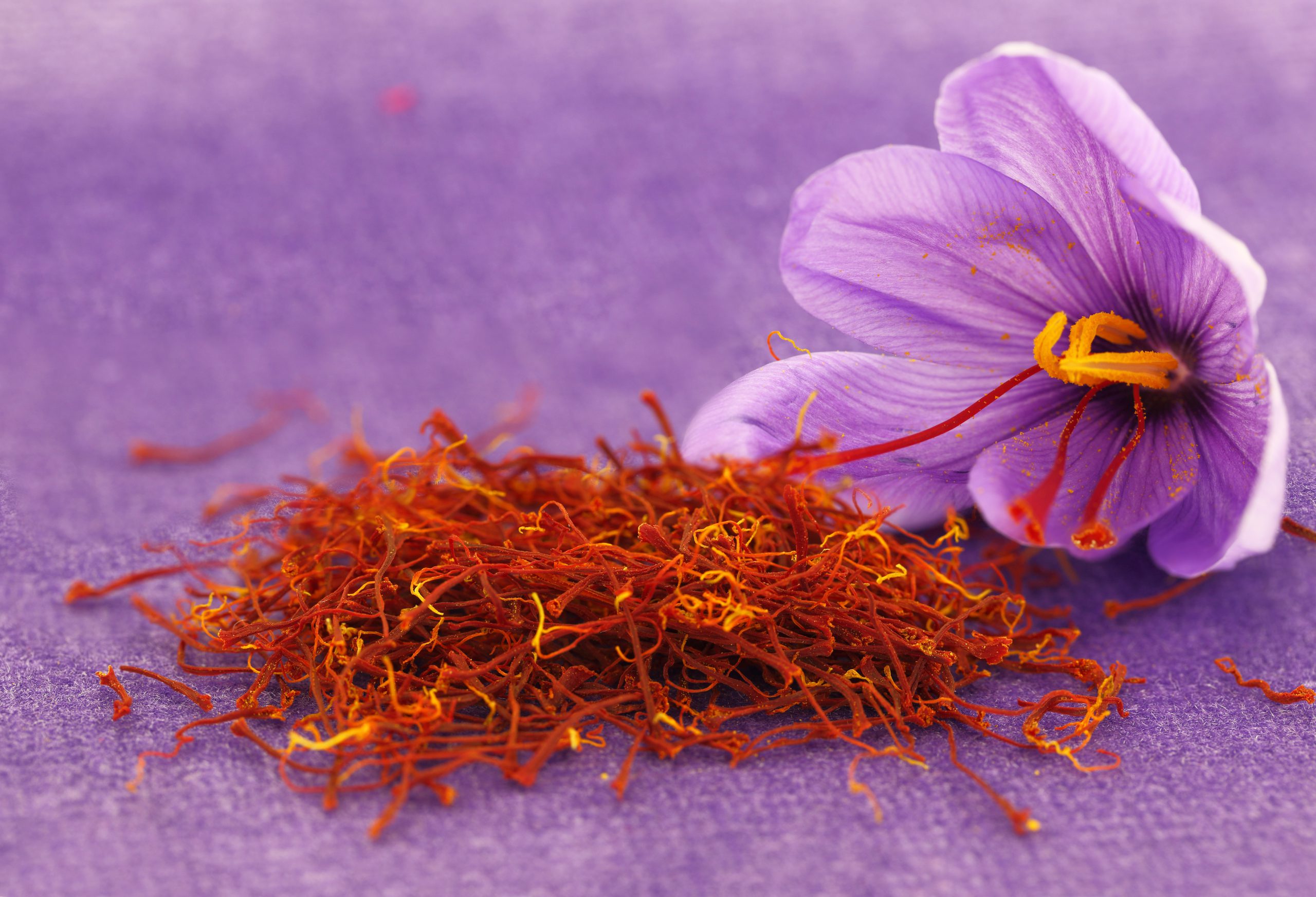History of half sheet cake making in the world
The history of cake goes back to ancient times.
Early cakes were very different from our present day image of cake.
Those cakes were more like bread sweetened with honey.
Nuts and dried fruits were often added to it.
According to food historians, the ancient Egyptians were the first culture to show evidence of advanced cooking skills.
Medieval European bakers often made fruit cakes and gingerbread.
These foods lasted for months.
The first cakes today
According to food historians, the first types of today’s cakes (round types with icing) were first baked in Europe in the middle of the 17th century.
This is primarily due to the advancement of technology (more reliable stoves, the production/availability of food molds) and the availability of ingredients (refined sugar).
At that time, cake ring molds were popular.

Early icings were usually a baked mixture of the best available sugars, egg whites, and flavorings.
This mixture was poured on the cake.
Then the cake was returned to the oven for a while.
When removed from the oven, the icing cooled quickly and formed a hard, shiny coating [like ice].
In many cakes prepared at this time, there were still dried fruits (raisins, currants, citrus fruits).
It wasn’t until the mid-19th century that the cake we know today (baked with refined white flour and baking powder instead of yeast) came into being.
Buttercream frostings (using butter, cream, powdered sugar, and confectionery flavors) replaced traditional frostings in the first decades of the 20th century.
In France, Antonin Carme is known as the first chef of the modern pastry/cake world.




